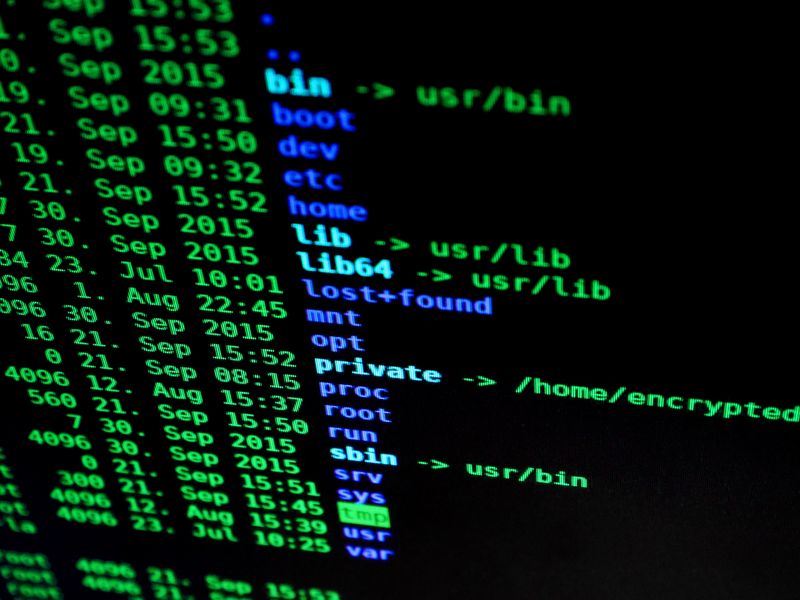Google Play Protect Enhances Android Device Security with Real-time Code Scanning
Google has recently announced an upgrade to its Google Play Protect feature, which provides proactive protection against malware for Android devices. The improvement comes in the form of real-time scanning at the code level, aiming to detect and prevent the spread of harmful software.
Enhancing Android Device Security
Google Play Protect is a built-in security feature that scans over 100 billion applications daily to identify and prevent the installation of malicious or unwanted apps on Android devices. By analyzing apps for signs of malware or suspicious activity before installation, Google Play Protect helps safeguard users against cyber threats.
However, cybercriminals have increasingly used social engineering techniques to trick users into installing malicious applications from sources outside of the Google Play Store. These malicious apps often employ polymorphic malware, which uses various techniques, including artificial intelligence, to modify its features and evade detection.
Real-time Scanning at the Code-level
To counter these evolving threats, Google Play Protect’s new capability involves real-time scanning at the code level. When users attempt to install an application that has never been scanned before, the feature will prompt them to initiate a scan. During the scan, important signals from the app are extracted and sent to Google’s Play Protect backend infrastructure for code-level evaluation.
Once the real-time analysis is complete, users will receive a result indicating whether the app is safe to install or if it is potentially harmful. This enhancement allows Google Play Protect to detect emerging threats that may have bypassed previous security measures.
Strengthening the Entire Android Ecosystem
Google Play Protect’s improved security capabilities stem from continuous learning and improvement through machine learning algorithms and analysis of thousands of app signals. With each identified app, Google strengthens its protections for the entire Android ecosystem.
The upgrade to Google Play Protect is rolling out to Android devices with Google Play services in India and will gradually reach all countries and regions in the coming months.
Editorial: The Evolving Battle Against Mobile Malware
The evolution of mobile technology has brought immense convenience to our lives, but it has also introduced new security challenges. Mobile devices have become a prime target for cybercriminals, who continuously adapt their tactics to exploit vulnerabilities and evade detection.
By enhancing Google Play Protect with real-time code scanning, Google aims to stay one step ahead of these cyber threats. The addition of code-level evaluation provides a deeper layer of protection against malware and polymorphic apps.
However, as the battle between security measures and malicious actors continues to escalate, it is crucial for users to remain vigilant. While Google Play Protect greatly reduces the risk of installing harmful apps, it is essential to exercise caution when downloading apps from third-party sources or granting excessive permissions to unknown apps.
Advice: Protecting Your Android Device
Here are some proactive steps you can take to protect your Android device:
1. Enable Google Play Protect
Ensure that Google Play Protect is enabled on your device. This can typically be found in the Google Play Store settings. Google Play Protect provides an additional layer of security by scanning apps for potential threats before and after installation.
2. Stick to Official App Stores
Whenever possible, download apps exclusively from the official Google Play Store. The Play Store has robust security measures in place to identify and remove malicious apps. Third-party app stores or websites may not have the same level of security and can expose you to greater risks.
3. Read App Reviews and Ratings
Before downloading an app, take the time to read user reviews and ratings. This can provide valuable insights into the app’s reputation and quality. If an app has a high number of negative reviews or a low rating, it may be a red flag indicating potential security risks.
4. Verify App Permissions
During the installation process, carefully review the permissions requested by the app. Consider whether those permissions are necessary for the app’s intended functionality. If an app requests excessive permissions, it may be a sign of a potentially malicious application.
5. Keep Your Device Updated
Regularly update your Android device’s operating system and applications. These updates often include security patches that address known vulnerabilities. Staying up to date with the latest software releases ensures that you benefit from the most recent security improvements.
By following these recommendations and leveraging the enhanced capabilities of Google Play Protect, users can significantly reduce the risk of falling victim to mobile malware and enjoy a safer Android experience.

<< photo by Uriel Soberanes >>
The image is for illustrative purposes only and does not depict the actual situation.
You might want to read !
- The Rise of Real-Time Code-Level Scanning: Google Play Protect’s New Weapon Against Android Malware
- Google Play Protect Takes a Proactive Approach to Android Malware with Real-Time Code-Level Scanning
- Uncovering the Badbox Operation: Android Devices at Risk in Major Fraud Schemes
- Exploring the Implications of Android’s October 2023 Security Updates: Patching Two Exploited Vulnerabilities
- Unveiling the “Etherhiding” Technique: Uncovering Malicious Code in WordPress Sites
- Unveiling the Stealthy Threat: Malware Concealed as Genuine WordPress Plugin
- Uncovering the Elusive Successor: In-Depth Analysis of the Latest Android Banking Trojan




